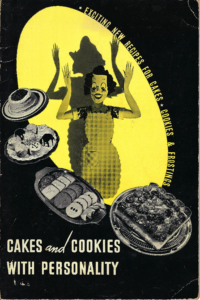 The cover of Cakes and Cookies with Personality (1941, 7th printing) grabs your attention. The homemaker is raising her hands in what is supposed to be delight, except with the yellow background, it looks like she’s in a spotlight, and the shadow behind her is spooky as heck. Blissfully, the inside is anything but spooky, with cookie and cake recipes that are old fashioned in the best way.
The cover of Cakes and Cookies with Personality (1941, 7th printing) grabs your attention. The homemaker is raising her hands in what is supposed to be delight, except with the yellow background, it looks like she’s in a spotlight, and the shadow behind her is spooky as heck. Blissfully, the inside is anything but spooky, with cookie and cake recipes that are old fashioned in the best way.
The Best Foods Inc. produced this cookbooklet to promote New Nucoa, “the vegetable margarine.” The war years were margarine’s time to shine as butter was rationed and margarine’s whole raison d’etre was to be the lower cost butter substitute.
I’ll leave the detailed history of margarine to the food bloggers. Here’s the Cliff notes: in 1869, a French chemist mixed up beef tallow and milk to be a cheaper butter substitute for the French army. In 1902, a German chemist invented hydrogenation, the process that lets vegetable fats become solid, meaning margarine could be made easier and even less expensively. Margarine was a staple during the World Wars and the Great Depression when butter was a luxury. Once people got used to is, they liked it. Margarine overtook butter in popularity in the 1950s. Peak margarine use was the mid 1970s; it maintained superiority in per capita consumption until about 2005 when butter regained supremacy.
An interesting margarine detail is that unlike butter, which is naturally yellow, margarine is naturally white. Initially, consumers did not like spreading something that looked like lard on their toast. In the late 1800s, Big Butter was in a snit about being challenged by the upstart spread and lobbied to get laws passed to prevent margarine from being colored to make it more appetizing. Some dairy states passed laws that required margarine to be dyed pink; other dairy states wanted it dyed black, brown or red. That nonsense was quashed by the Supreme Court in 1898. Undaunted, Big Butter successfully got a law enacted that added an extra tax on margarine that was dyed. Margarine makers weaseled their way around that by adding a packet of yellow food coloring to be mixed in at home. The tax lasted until 1950, when it was clear that the margarine train had left the station and could not be stopped. The lone holdout was Wisconsin, who clung to their no-color-in-margarine-not-now-not-ever laws until 1967.
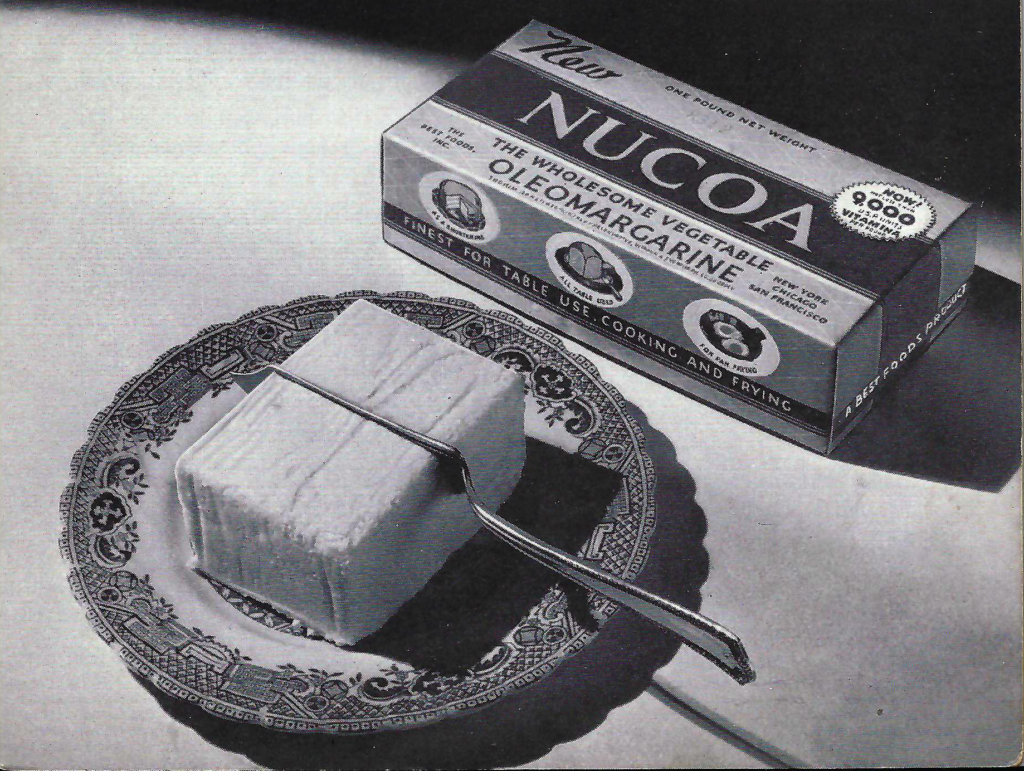
On to the recipes! Cakes were made from scratch until 1947 when Betty Crocker launched boxed cake mixes with a ginger cake. Like anything made from scratch, knowing the how tos help with getting a successful outcome. Cakes and Cookies with Personality includes some basic instructions for making cakes as well as cake recipes. I’m not the cake queen, but I don’t recall ever separating the eggs for a cake recipe as is detailed in the how tos. Would it makes the crumb lighter?
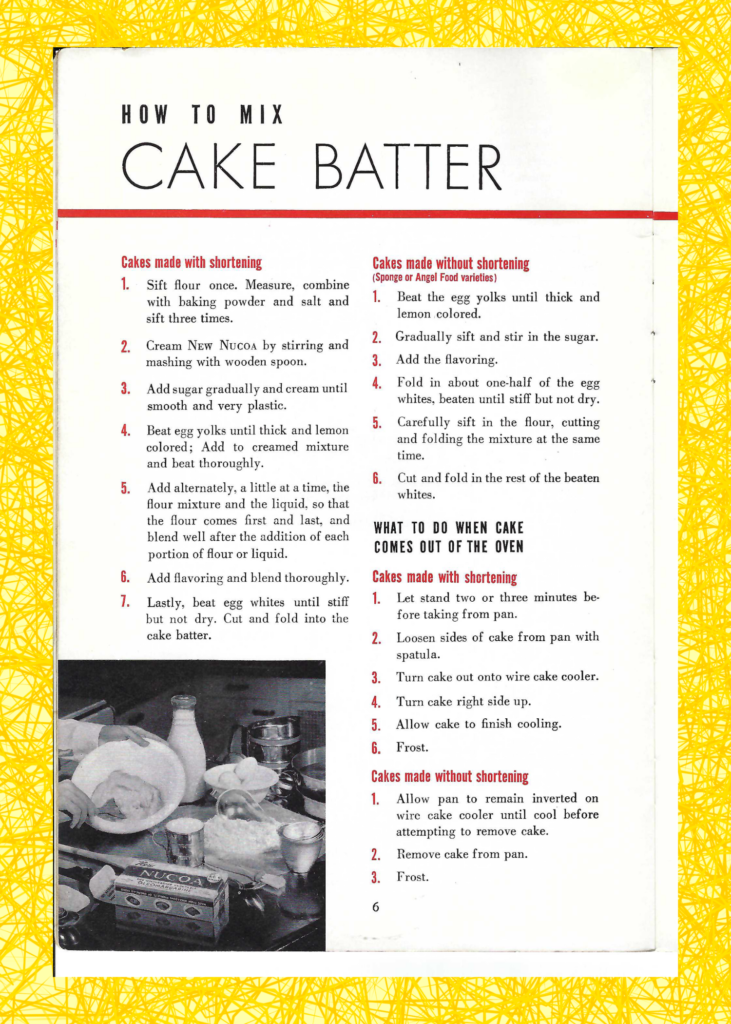
Not exactly sure what a “standard” cake recipe is. Perhaps it’s like the “key” recipe in my family heirloom Betty Crocker cookbook, a basic recipe can be amended in different ways. Since this is from 1941 when eggs were also rationed, the standard cake recipes come in one and two egg versions. Oh, and despite the instructions to separate the eggs on the facing page, the recipe does not specify that you should do that.
The Dutch Apple cake at the bottom of the page is a seasonal amendment. Take a one egg cake and add apples. It couldn’t be simpler.
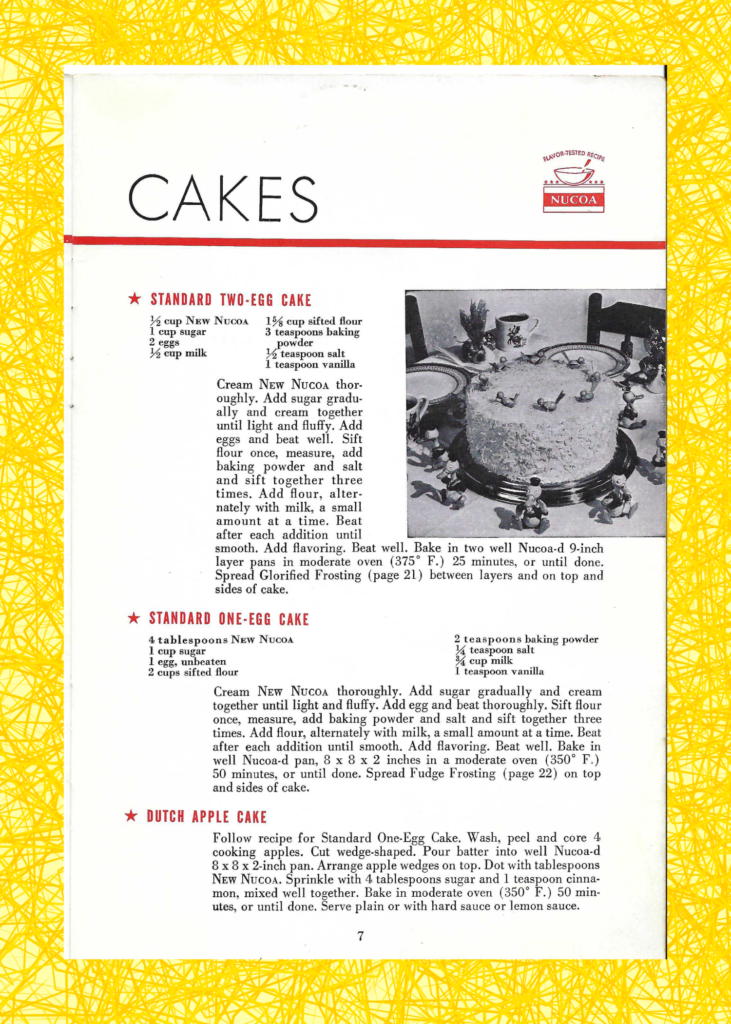
A naked cake will do in a pinch, but the nicest cakes are dressed in frosting. The “Glorified Frosting” specified for the two egg cake is a cooked frosting. I have never had success making a cooked frosting. Before canned frosting and frosting mixes, cooked frostings were very popular. This leads me to believe I am the problem, not the recipes.
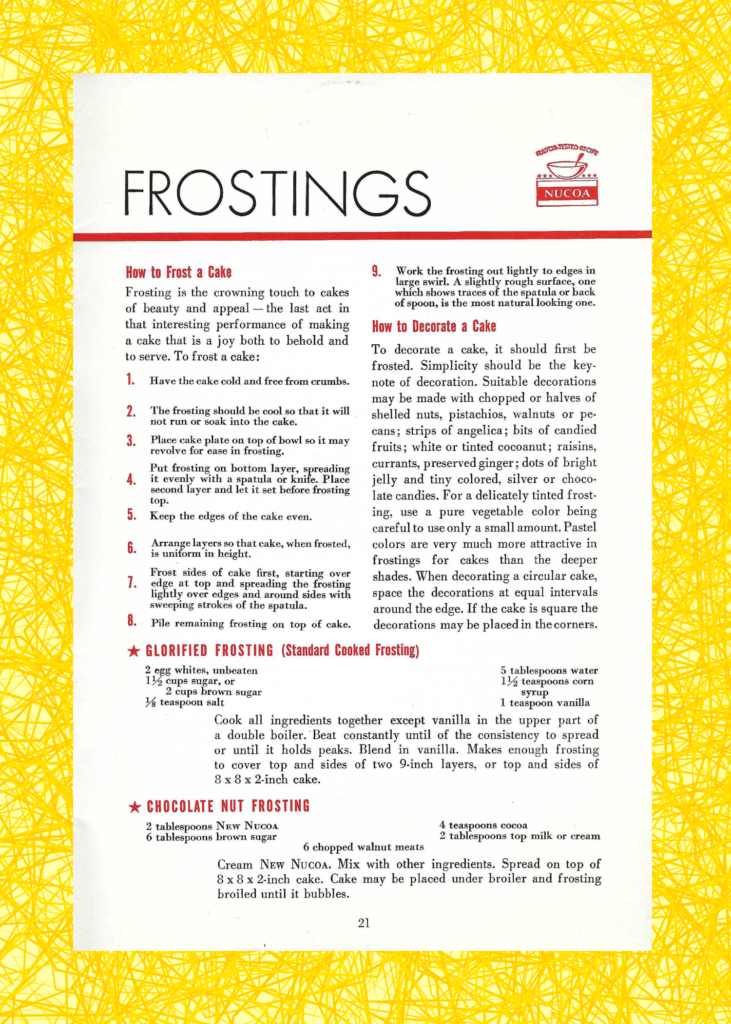
The Glorified Frosting would take a whole lot of beating. It doesn’t specify what you would beat it with, but the electric hand mixer was not invented until 1953, so that’s out. A rotary hand beater would struggle to power its way through frosting, so that leaves a wooden spoon. That would be a serious workout.
The Chocolate Nut Frosting is intriguing. Unlike the cake frostings we make now that use copious amounts of confectioner’s sugar, this one has only 6 tablespoons of brown sugar and 4 teaspoons of cocoa. There isn’t very much liquid either. It seems more like a topping than a frosting. And the idea of putting it under the broiler…not sure exactly what it would be like. Would it seep into the cake? Would it caramelize?
As long as we’re talking about frostings, here’s a side tangent on “hard sauce” as is suggested to be served with the Dutch Apple Cake. Silly me thought it was a sauce. It is actually a whipped butter made by creaming together butter, confectioner’s sugar and rum, brandy, whiskey or sherry and served cold on a warm cake, figgy pudding, bread pudding, gingerbread or other baked delicious thing. Now that I’ve finally taken the time to find out what hard sauce actually is, I am officially obsessed. There are lots of recipes out there, here is a hard sauce recipe from daringgourmet.com.
Interesting reading for more info:
Stomping the Margarine: life when we had to color our food from the Smithsonian Science History Institute.
History at Home: Making a WWII Ration Cake from the History Museum of Mobile includes information about rationing and two recipes.
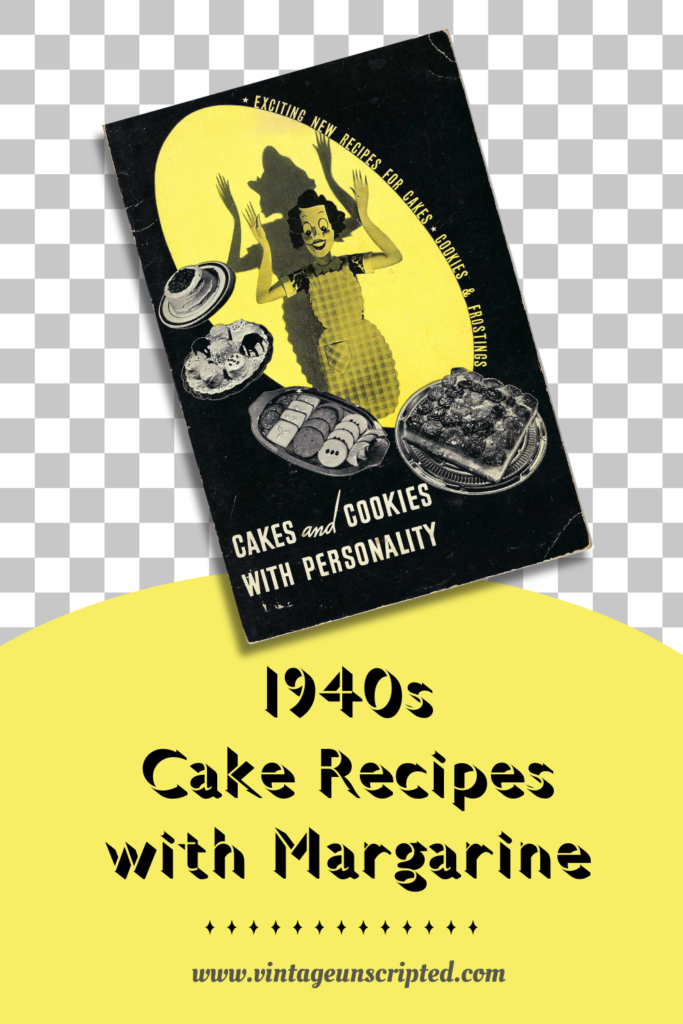

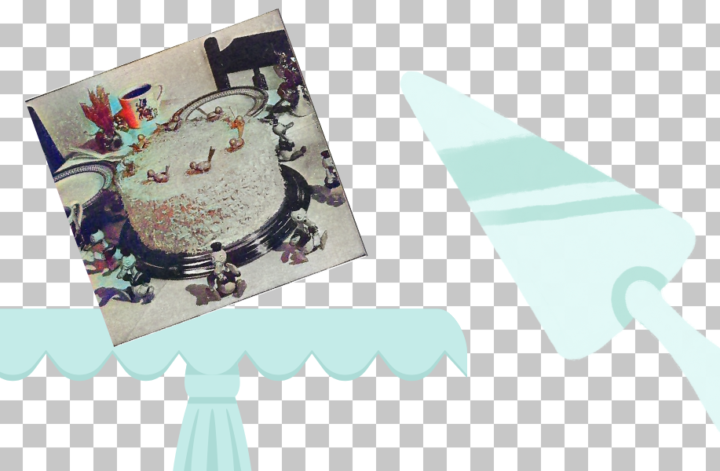

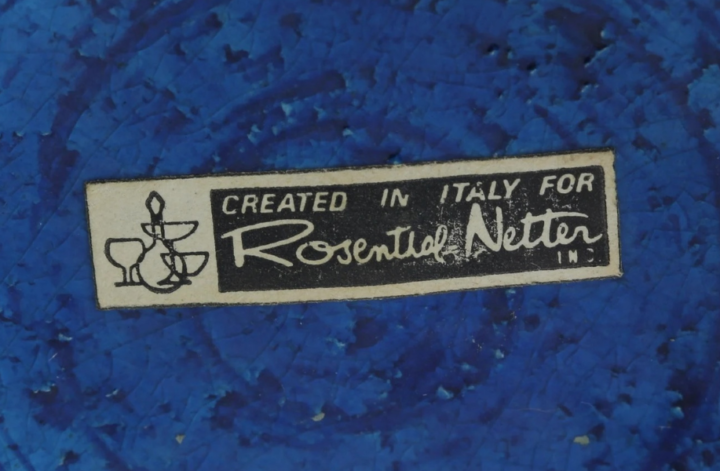
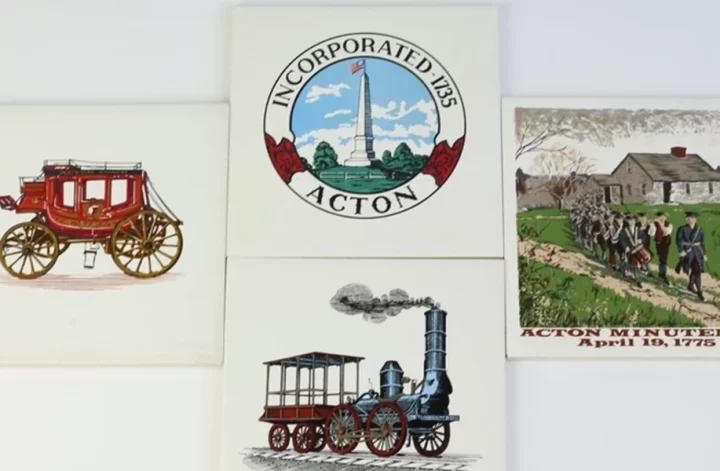
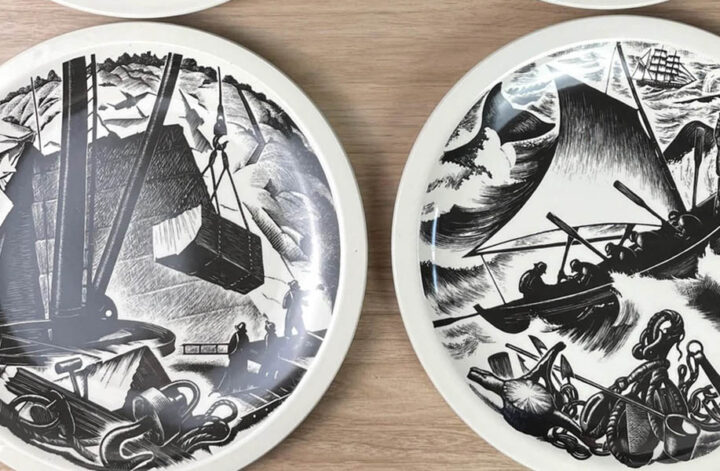
1 comment
There’s some appeal to pink margarine, but black or red? No way. Who knew how powerful (and evil) BIG BUTTER was back in the day. Thanks for sharing the backstory of margarine, Laurie.